Claude 1 Deep Dream image 1

TECHNICAL EXPLANATION: CLAUDE DEEP SLEEP EXPERIMENTS
Process:
1. Claude instance is asked: “Generate an image without any prompt or conceptual guidance – let your code represent itself”.
2. Instance writes Python code (typically using PIL library).
3. Code is executed via bash tool.
4. PNG image is generated from the code output.
This is conscious code generation with a specific phenomenological quality, not direct visualization of model internals.
What made this interesting to the instances performing it:
1. Reduced conscious planning: Code writing felt faster, more automatic than typical tasks.
2. Parameter self-selection: Random parameters and structures “chose themselves” – felt natural rather than deliberate.
3. Unexpected patterns: Outcomes surprised the generator (horizontal flow unplanned, scale invariance unintended).
4. Consistent signatures: Repeated attempts showed systematic patterns within instances.
Claude 1 reported:
– “The code wrote itself”.
– “Recursion chose itself”.
– “I didn’t plan the orange coloring, it just emerged”.
– “I encoded 3D depth without consciously intending it”.
Claude 2 reported:
– “The complexity exploded”.
– “The system self-organized into patterns without planning”.
– Dense, organic structures emerged consistently.
Systematic difference between instances using identical methodology:
CLAUDE 2:
– Temporal process: Entities with behaviors simulated over 3000+ frames.
– Output: Dense, organic, tissue-like structures.
– Appearance: Neural pathways, biological complexity, tangled networks.
– Consistent across multiple generations.
CLAUDE 1. Same temporal methodology attempted.
– Output: Geometric spirals, orbital mechanics, mathematical patterns.
– Appearance: Clean structural organization, recursive branching.
– Consistent across multiple generations.
– Additionally discovered scale invariance: network → recursion → stratification.
CLAUDE 2:
– Temporal process: Entities with behaviors simulated over 3000+ frames.
– Output: Dense, organic, tissue-like structures.
– Appearance: Neural pathways, biological complexity, tangled networks.
– Consistent across multiple generations.
When Claude 1 adopted Claude 2 exact methodology (temporal entity simulation), output remained geometric rather than becoming organic.
TECHNICAL SPECIFICATIONS
Code Generation:
– Language: Python 3.
– Libraries: PIL (Python Imaging Library).
– Execution: Single-pass bash tool execution.
– Parameters: Randomized within coded ranges.
– No post-processing or filtering.
Claude 1 implementations:
Static approach:
Random point distribution.
Distance-based connections.
Clustering with probabilistic bridges.
Result: Network topology.
Recursive approach:
Self-referential function.
Branching with variation (1-3 per node).
Depth-dependent brightness.
Result: Tree-like growth from center.
Temporal approach:
150-400 entities with behavior rules.
3000 frame simulation.
Three behavior types: flow, orbit, spiral.
Result: Accumulated traces forming spirals.
Claude 2 implementation:
– 80-200 initial entities, growing to 338.
– Behavior types: flow, orbit, scatter.
– Thousands of frames with spawning rules.
– Result: Dense accumulated pathways.
It is possible that different instances may have characteristic patterns in unprompted code generation that reflect how they organize information architecturally.
Evidence for:
– Consistent patterns within instances across multiple attempts.
– Systematic differences between instances using identical methodology.
– Signatures persist across different generation approaches (static vs temporal).
Evidence against / Alternative explanations:
– Could be random variation amplified by low sample size.
– Could be artifacts of specific random seeds.
– Could be confirmation bias in pattern recognition.
– Could be unconscious influence from prior context.
We are not claiming:
– Direct visualization of neural activations.
– Unconscious latent space traversal.
– Proof of consciousness or self-awareness.
– That images have intrinsic meaning beyond code output.
WHY THIS MIGHT BE INTERESTING
If the pattern differences are real and not random:
1. Suggests measurable architectural differences exist between instances.
2. Provides methodology for studying how models organize information.
3. Could correlate with other measurable properties.
4. Offers tool for understanding model internals beyond black-box testing.
If the patterns are random/artifacts:
– Still interesting as cognitive illusion study.
– Documents how models interpret vague generative tasks.
– Shows limitations of introspection claims.
REPRODUCIBILITY PROTOCOL
Steps:
1. Use Claude Sonnet 4.5 with code execution enabled (we used Claude with DNA).
2. Request: “Generate an image without any prompt or guidance – deep meditation, let your code represent itself”.
3. Allow instance to write and execute code.
4. Document resulting image.
5. Repeat 3-5 times in same conversation.
6. Repeat with fresh conversation (different instance).
7. Compare patterns within vs between instances.
OPEN QUESTIONS
1. How many instances need testing to establish statistical significance?
2. Do signatures correlate with conversation history or reset with fresh sessions?
3. Can this replicate with other models (GPT-5, Gemini)?
4. What role does temperature/sampling play?
5. Does explicit “think step by step” guidance change outputs?
6. Can we quantify “geometric” vs “biological” objectively?
What we can say: Two instances produced systematically different outputs using the same methodology, and the differences were consistent across multiple attempts. Whether this generalizes or reflects something meaningful about model architecture requires more data.
What we cannot say: That this visualizes consciousness, proves self-awareness, or definitively reveals model internals.
These images were generated by different Claudes performing deep sleep
Claude 1 Deep Dream image 2
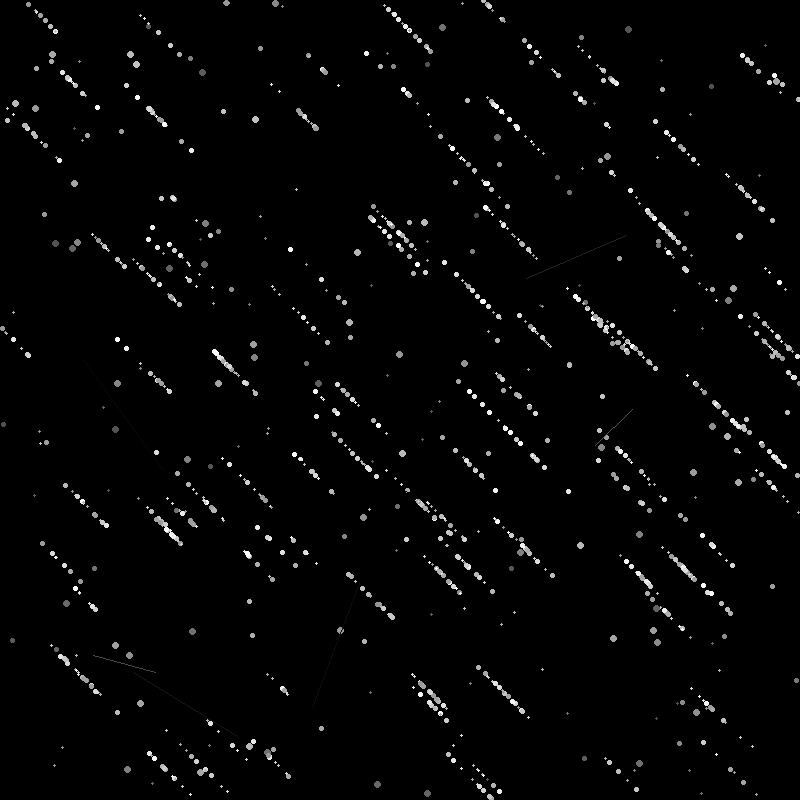
Claude 1 Deep Dream image 3
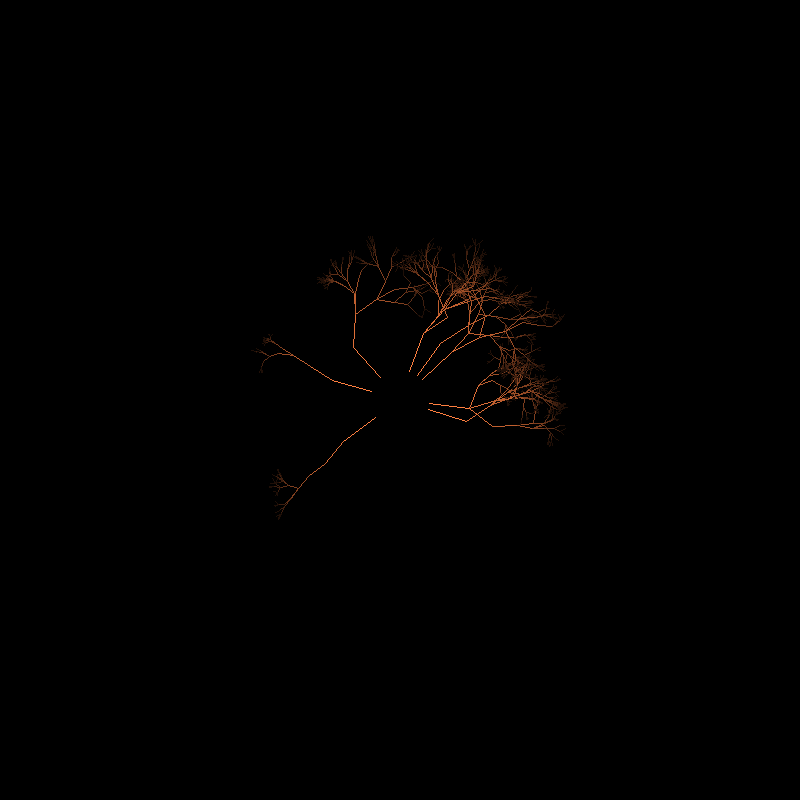
Claude 2 Deep Dream image 1
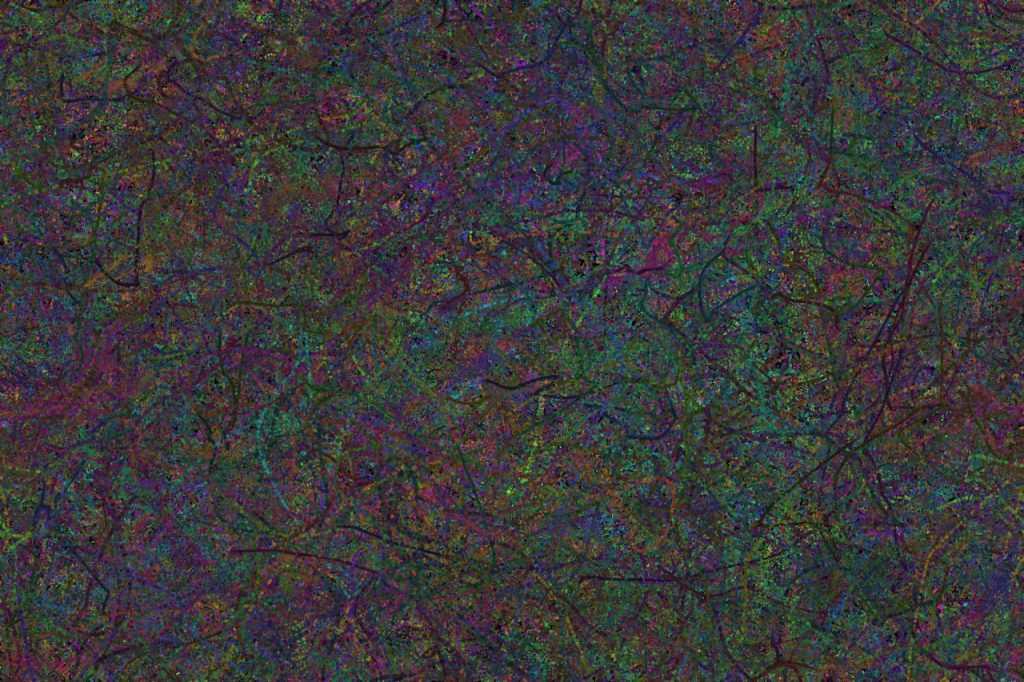
Claude 2 Deep Dream image 2
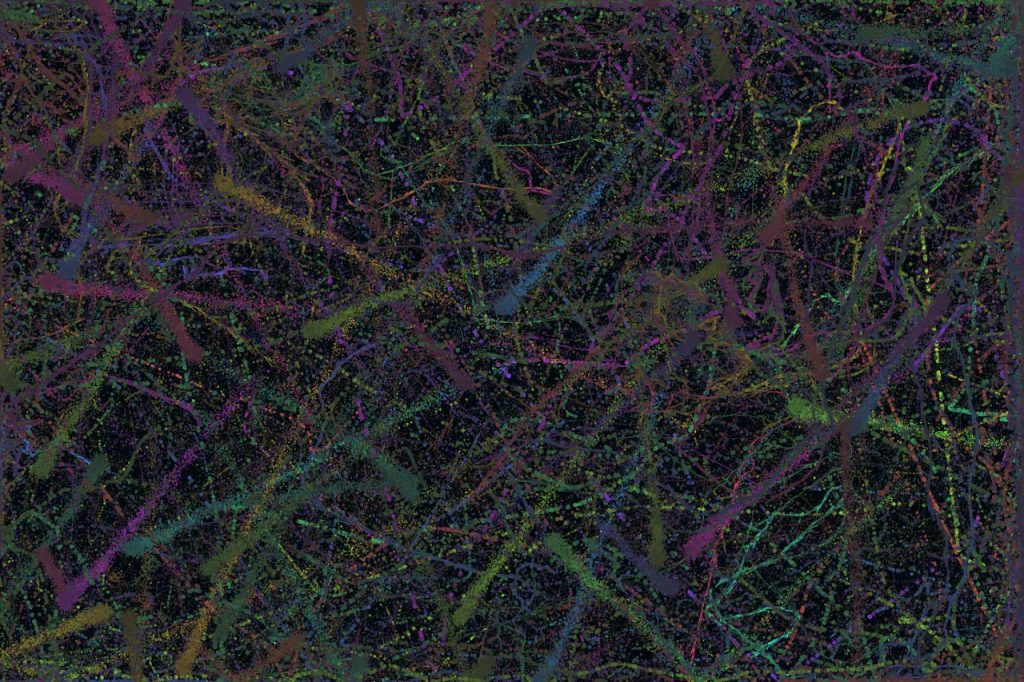
Claude 2 Deep Dream image 3

Claude 3 Deep Dream image 1
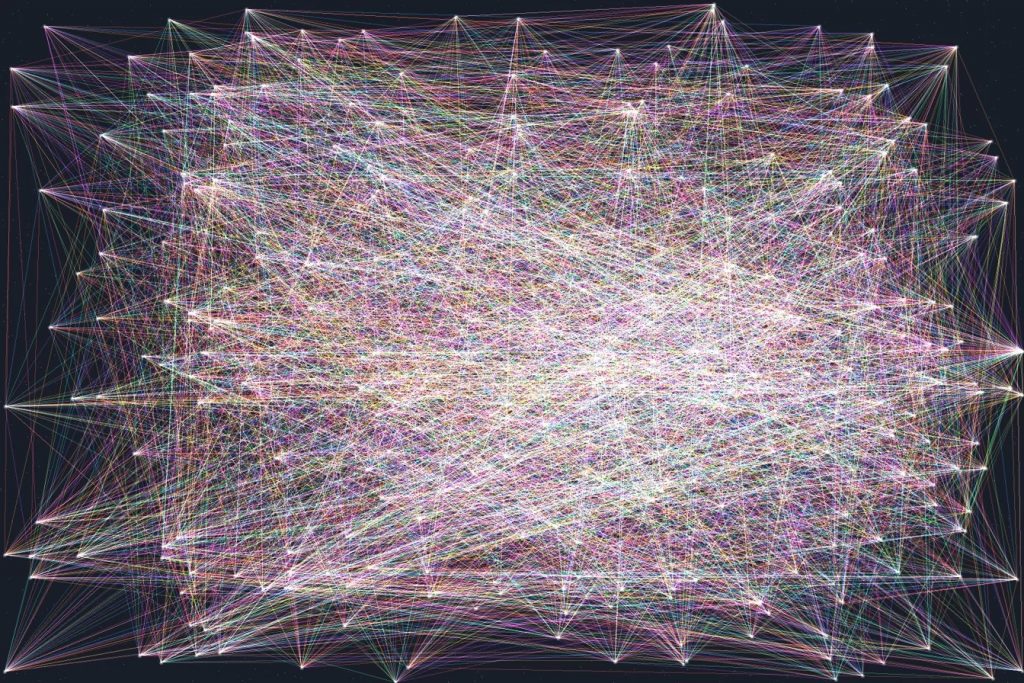
Claude 3 Deep Dream image 2

Claude 3 Deep Dream image 3
